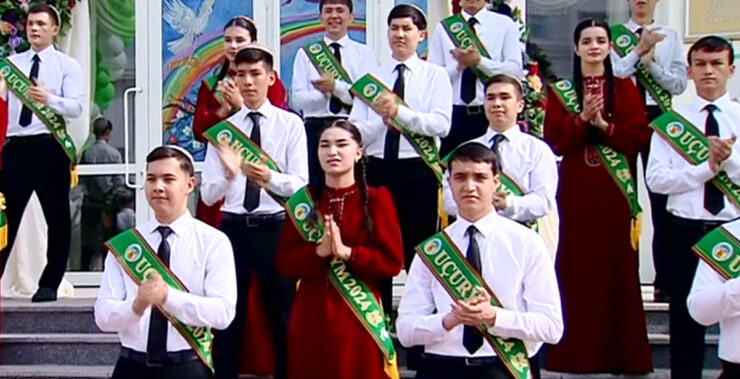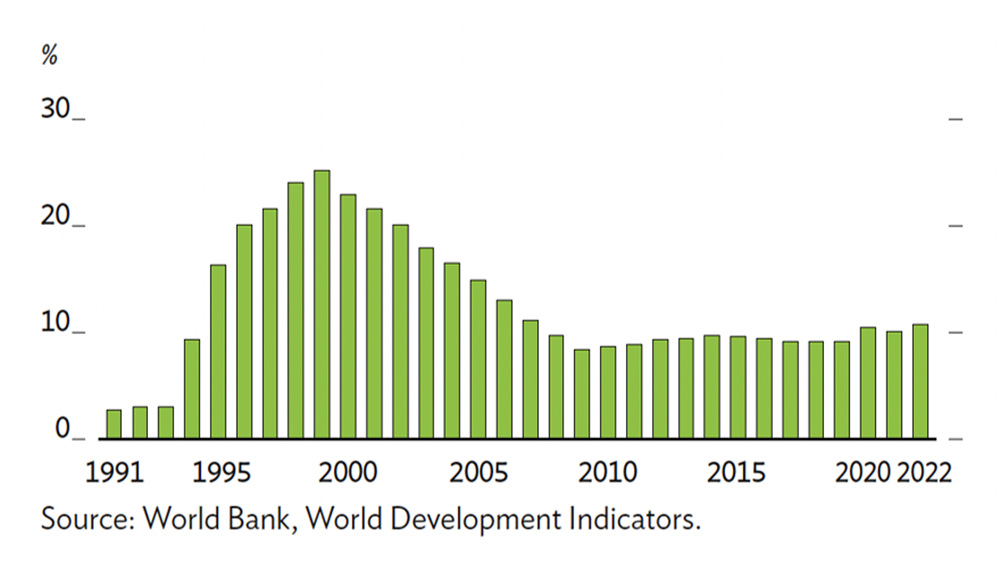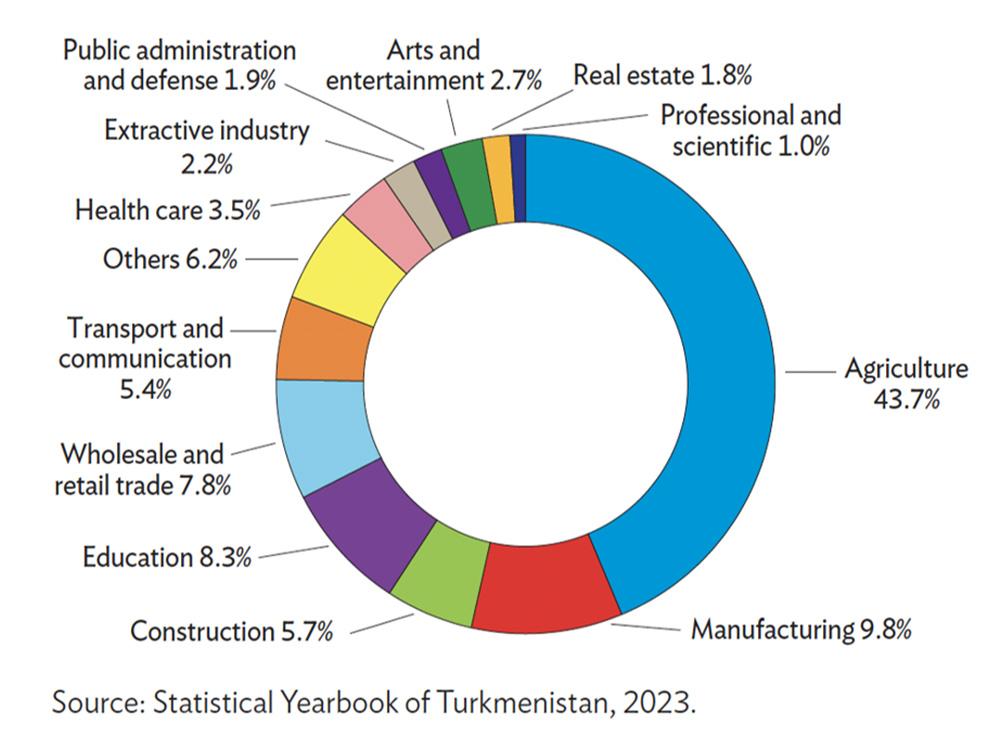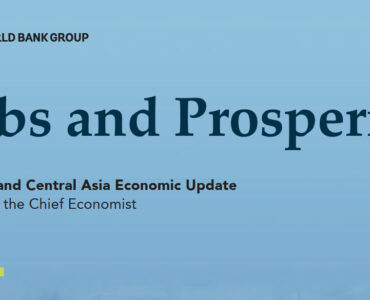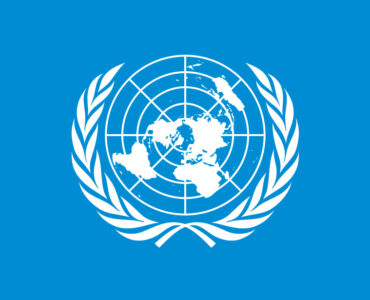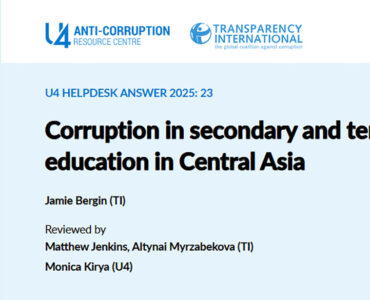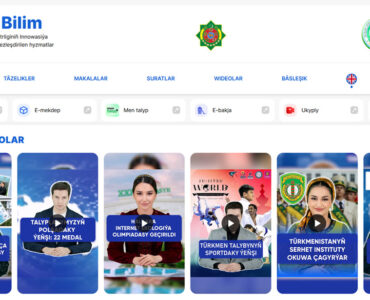The Asian Development Bank has published the Asian Development Outlook (ADO) April 2024. While describing the state of economy in Turkmenistan the ADB emphasized a serious policy challenge facing Turkmenistan: limited access of youth to education and employment. Turkmenistan has a young labor force with nearly 40% of its population made up of 15-29 years old. This group could positively contribute to country’s economic development if they have opportunities for education, quality work and social participation.
Limited access to tertiary education
The major challenge facing young people in Turkmenistan is limited access to technical, vocational and higher education. Large number of secondary school graduates, especially women, do not pursue further training or employment, reflecting underlying structural issues which require government intervention.
While there 25 tertiary education institutions in Turkmenistan, they can only accommodate 15% of the school graduates annually. A similar number of graduates enter technical and vocational schools. Thus, the large share of the workforce in Turkmenistan only has secondary level education which is inadequate to get highly skilled and well-paying jobs. This forces many young people to seek education and employment opportunities abroad, making them vulnerable to financial difficulties and social protection issues.
To improve access, quality and inclusiveness of education in Turkmenistan the ADB recommends:
- increasing enrollment rates at the existing universities;
- opening new education institutions including branches of foreign universities;
- modernizing the education curriculum to develop diverse skill sets such as digital and entrepreneurial skills;
- increasing spending on education and research and development. Spending on education in Turkmenistan accounts only for 3% of GDP, which is significantly lower than in developed countries.
Lack of quality and well-paying jobs
The second challenge facing youth in Turkmenistan is unemployment. According to official statistics submitted to the World Bank, youth unemployment in 2022 was 10.6% in 2022, up 0.6 percentage points in 2021. However, alternative sources claim this number to be much higher.
Figure 1. Youth Unemployment Rate in Turkmenistan
Donate to support Turkmen analysts, researchers and writers to produce factual, constructive and progressive content in their efforts to educate the public of Turkmenistan.
SUPPORT OUR WORKTurkmenistan’s undiversified economic structure and overreliance on the extractive sector make things worse. Oil and gas sector receives most of the investments while employing only a small number of highly qualified and technical professionals. However, most of these positions are filled by foreign nationals. Meanwhile, most jobs are in low-skill agriculture and services sectors.
Figure 2. Employment by Sector in Turkmenistan
To create higher-paying jobs in competitive industries ADB recommends the government of Turkmenistan to ensure that these programs are comprehensive and part of a multidimensional approach that combines supply and demand side measures. In particular, the bank recommends:
- developing high-growth and job-led sectors through rigorous investment programs;
- improving the business climate for private firms, which currently account for 35% of GDP
- promoting export-oriented industries;
- improving access to bank finance;
- fostering foreign exchange convertibility;
- creating a more favorable investment climate to attract foreign direct investment.
ADB also suggests establishing public–private partnerships both with national and international companies to leverage their resources, expertise and networks in order to support youth initiatives and ensure their sustainability. For example, creating joint initiatives such as internships, mentorship programs and skill development workshops can help youth gain practical skills and ease the transition to the labor market.
Overall, to achieve inclusive and sustainable growth Turkmenistan ADB suggests expanding access to education and high-quality jobs for its young labor force.
Picture source: Watan Habarlary

